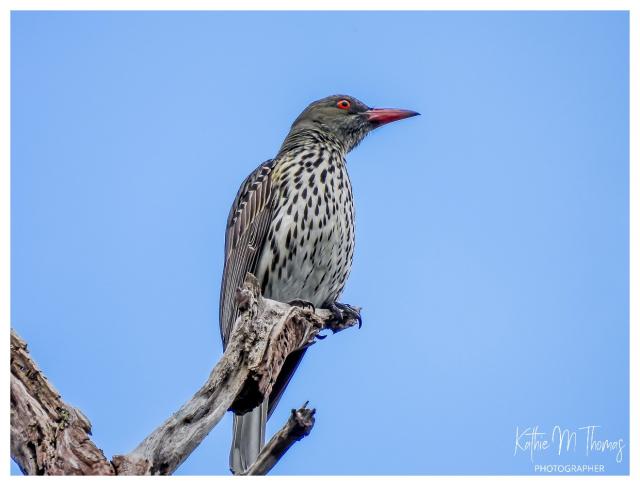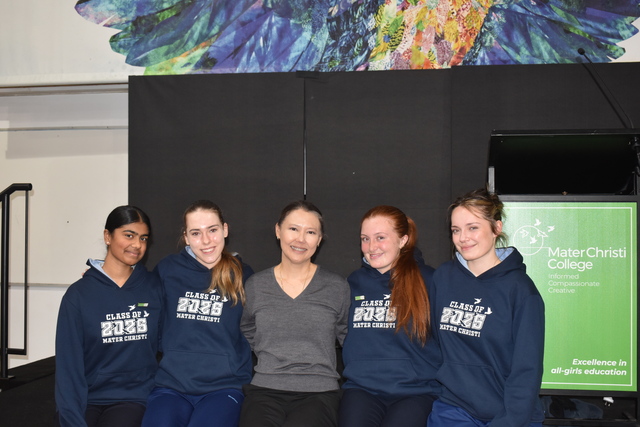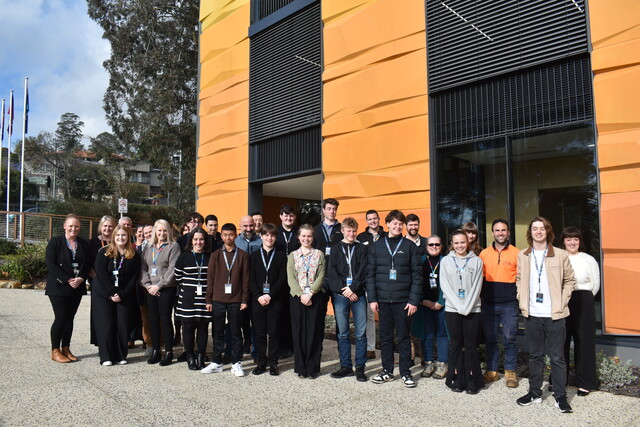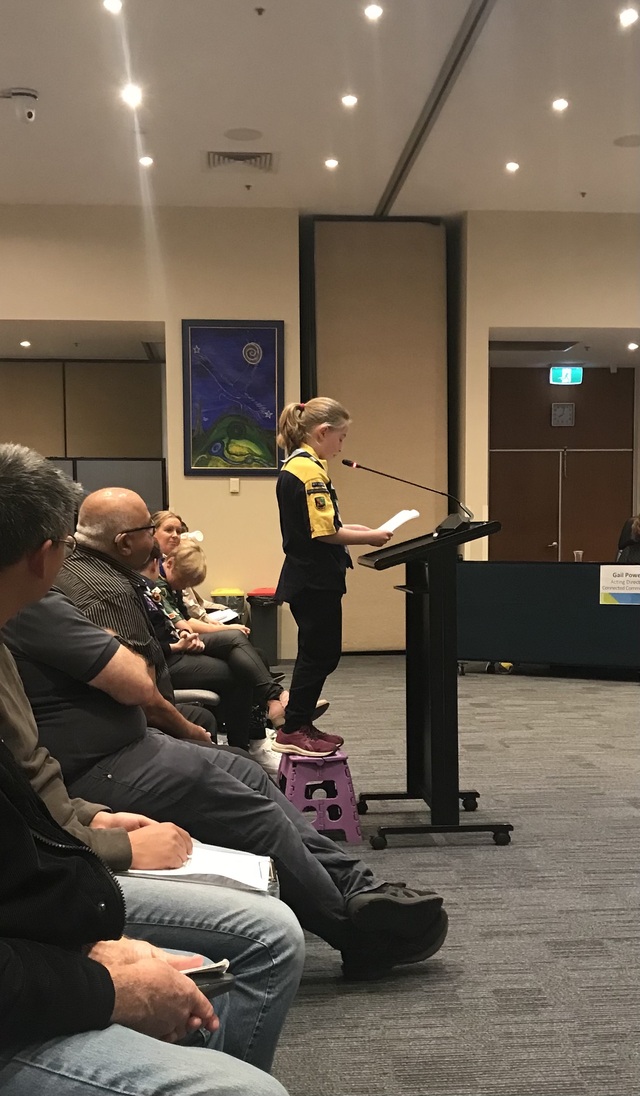Anyone who has wandered around their backyard and spotted a bird species that intrigued them has been given the chance to document their discoveries this National Bird Week.
BirdLife’s 2023 Aussie Bird Count, held from Monday 16 October to Saturday 21 October, has set the challenge for Australians to set a new record and count more than five million birds.
The Aussie Bird Count encourages people of all ages and all walks of life to step outdoors or to their windows and count bird sightings within a 20-minute period.
Selby-based nature photographer, Kathie Thomas, has been participating in the bird count for several years.
Ms Thomas said taking part in the count is her way of contributing to a citizen science project while pursuing her passion of birding.
“Having seen 56 different species of birds, in that time, on my own property in Selby (two acres),” Ms Thomas said.
“I never thought I would see so many different birds – it’s amazing.”
So far during this year’s count, Ms Thomas has spotted a Yellow-faced Honeyeater once, and the Rainbow Lorikeet eight times – among 36 other species.
“I often photograph them too,” she said.
“At Birdsland Reserve, I’ve documented a total of 75 species over the past five years. This doesn’t mean all of these species are on my property or at Birdsland all at the same time, they vary, depending on the time of year. Spring, mid-October, probably attracts a lot more species because it’s nesting and breeding time.”
Ms Thomas said the Bird Count app by Birdlife Australia and eBird by the Cornell Lab of Ornithology are great ways to share what people see and contribute to an Australian wide and world wide project tracking birds in the country.
“I find so many people are starting to take notice of the birds around them, and get excited to see them in their own gardens,” she said.
“Children are taking a lot of notice of them these days. I get excited when I see a ‘new’ bird and I know many others too.
“I belong to a large group of birders online and we love to share what we see and learn. Many are super excited to get a ‘lifer’, that is a photo of a bird they’ve never seen before. I should add, if you get birds in your garden, then you’re doing something right, you have the right mix of plants, bushes and trees. It’s a privilege to share our gardens with them.”
During the past 10 years, annual data collected during the Aussie Bird Count has provided BirdLife Australia with valuable insights into the state of native birds across the country.
“Participation in this year’s Count will enable bird experts to understand more about state-based trends, identify if these trends are continuing for declining species, and help us determine the reasons for the declines,” National Public Affairs Manager for BirdLife, Sean Dooley said.
Taking a count at the same time each year allows BirdLife Australia to access a snapshot of how Australian birds are faring, helping identify trends over time and gauging the overall health of the environment, with birds serving as a barometer of nature.
“We’d love to see Aussies of all ages from each and every state and territory get involved,” Mr Dooley said.
“The more people we have counting throughout the week, the more data we have to learn more about how parrots are faring and to help protect them for future generations.”
The annual count seeks to assess the long-term impacts of environmental and human-made threats on native birds, encompassing concerns such as increased mortality rates, heightened vulnerability to predators, and the disruption of their natural habitats.
The critically endangered swift parrot has been chosen as the 2023 Australian Bird of the Year, voted by Australians who recognised the urgent need to protect the habitat of the world’s fastest parrot.
Researchers at the Australian National University have found the swift parrot is in a perilous decline, with the population set to dwindle to fewer than 100 individuals by 2031, unless significant conservation efforts are put in place.
Participants in the Aussie Bird Count contribute to preparing for future risks and support the implementation of proactive measures aimed at safeguarding and rejuvenating Australia’s distinctive birdlife.
You can download the Aussie Bird Count app on Apple’s app store and Google Play.
For more information, visit https://aussiebirdcount.org.au/







